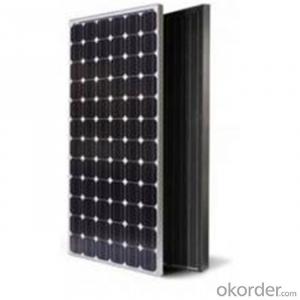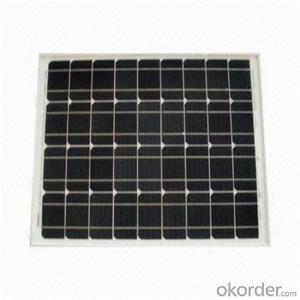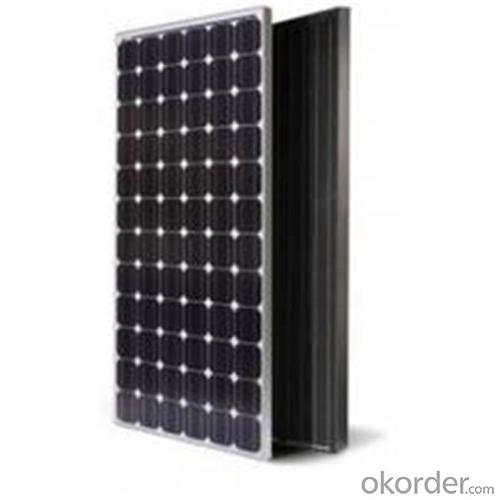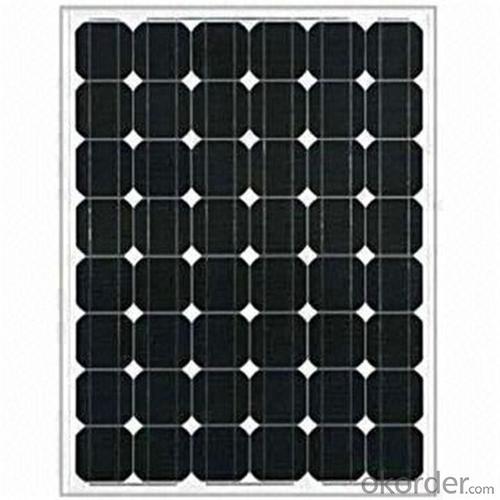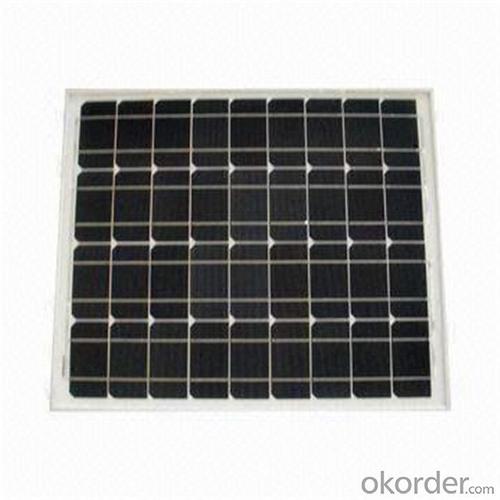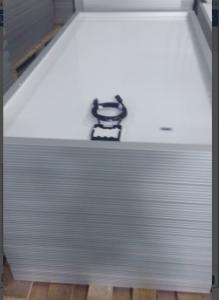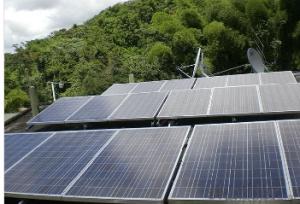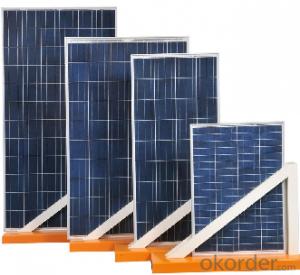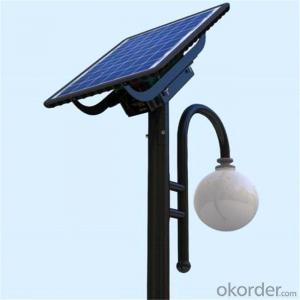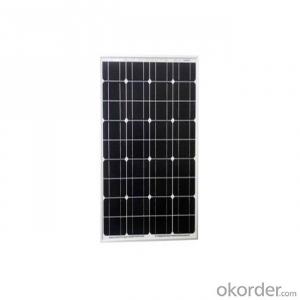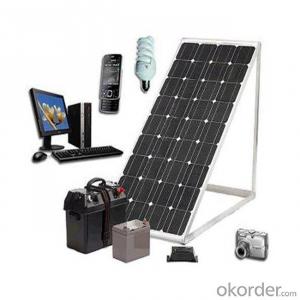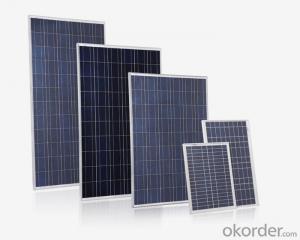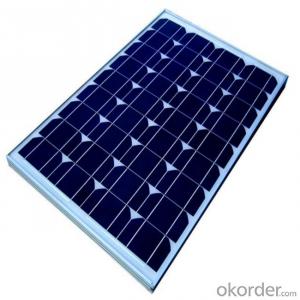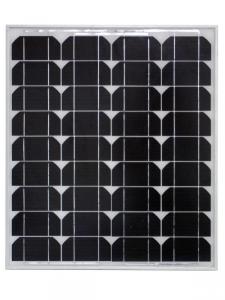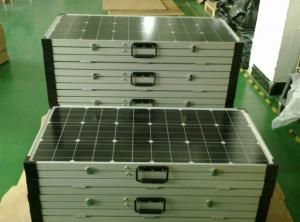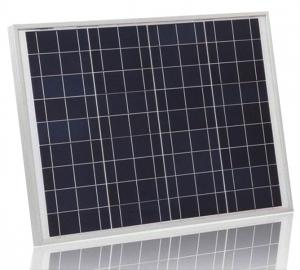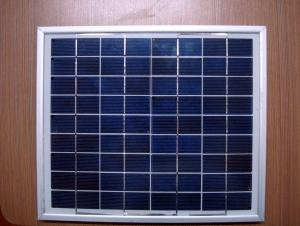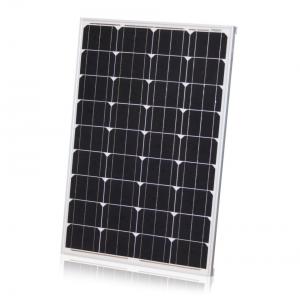Trina Commercial Solar Panels - 80W Mono Small Size Solar Panel
- Loading Port:
- Shanghai
- Payment Terms:
- TT OR LC
- Min Order Qty:
- 800 watt
- Supply Capability:
- 2000000 watt/month
OKorder Service Pledge
OKorder Financial Service
You Might Also Like
Specification
Mono Solar Panel Description
Photovoltaic modules (also called solar panels) are the core part of solar power systems, as well as the most important part of the solar system. Its role is to convert solar energy into electric energy, and sent to stored in batteries, or promote work load.
However, with the use of micro inverter, can be directly convert the current source of pv modules become approximately 40 v voltage source, can drive electrical application in our life.
Main Features of Mono Solar Panel
The production process
Step 1 monolithic welding: the battery slice welding interconnection (tin-plate copper belt), to prepare for the series of cell.
Step 2 series welding: the battery in series according to a certain number.
Step 3 laminated: would continue battery series circuit connection, at the same time with glass, EVA film, TPT back to guard the cell.
Step 4 laminated: the battery slice and glass, EVA film, TPT back at a certain temperature, pressure and vacuum conditions binding together.
Step 5 frame: glass with aluminum frame protection, and ease of installation.
Step 6: cleaning to ensure component appearance.The insulation of the
Step 7 performance test: test the component performance and power
Final step packaging warehousing.
Mono Solar Panel Images
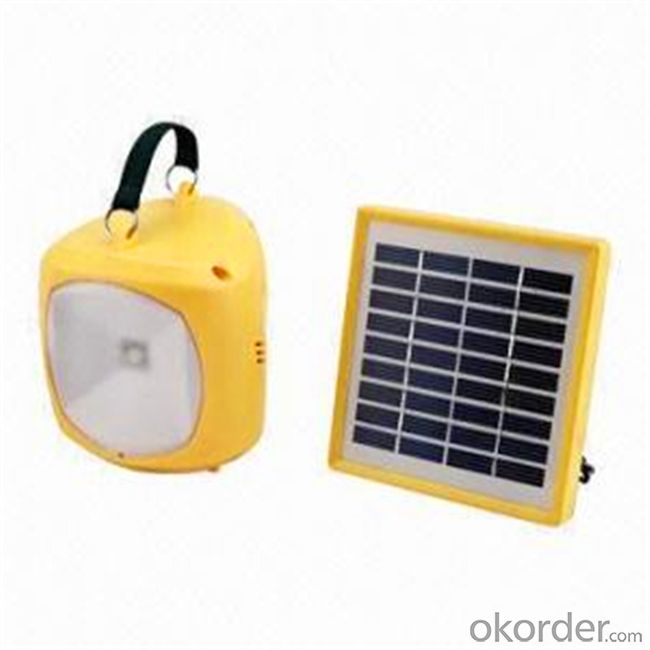
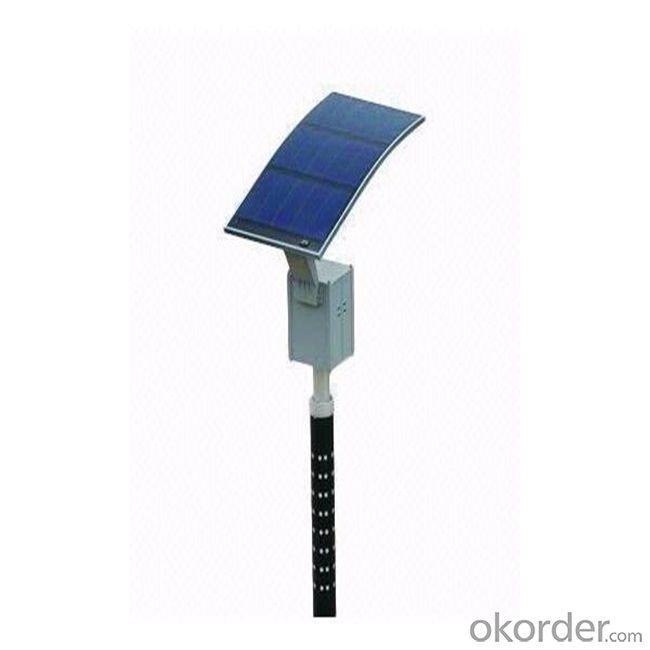
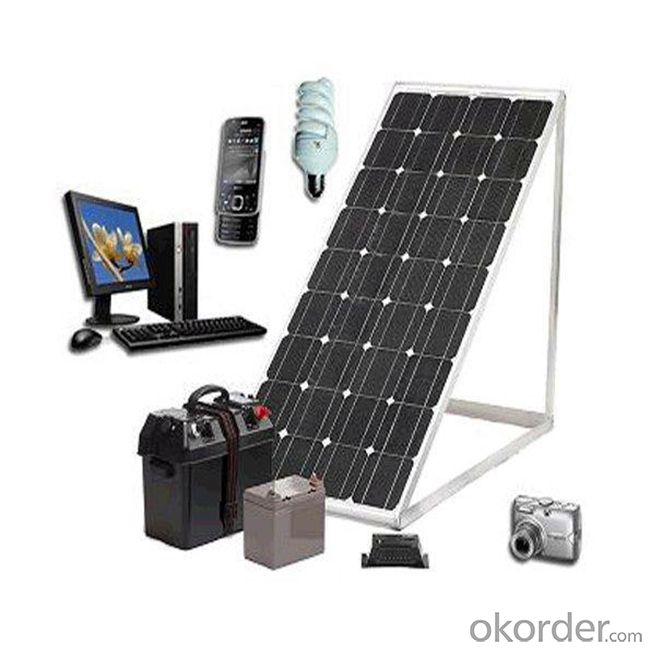
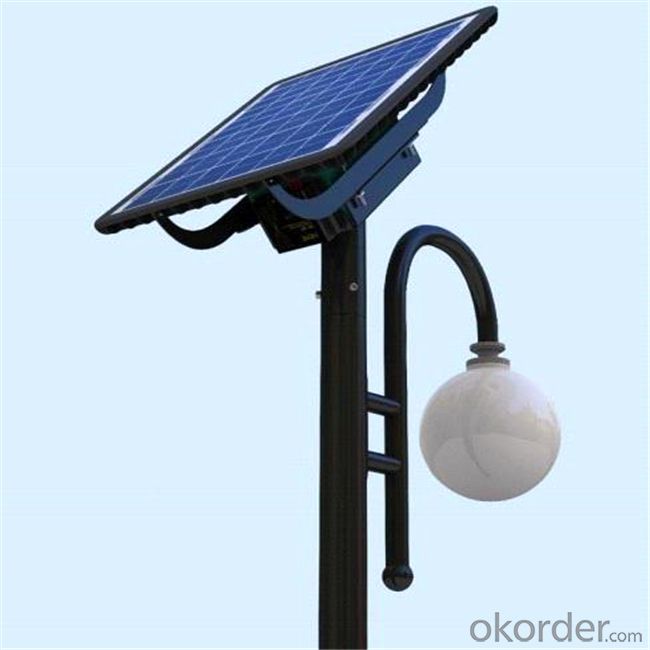
Mono Solar Panel Specification
Place of Origin: | China (Mainland) | Brand Name: | CNBMSolar | Model Number: | BSM20P-36 |
Material: | MonoSilicon | Size: | 505mm*353mm*28mm | Number of Cells: | 36cells |
Max. Power: | 20w | Front cover: | 3.2mm High Transmission,Low Iron | Frame: | Anodized aluminium alloy |
Frame Color: | Color Silverr,Black | Junction BOX: | lP65 Ralated/Past the TUV certificate | Connector: | MC4 compatible connector |
OEM Order: | acceptable | Certificate: | ISO9001/14001,CE/TUV/UL | Characteristic: | best seller ISO certificate cheaper solar panel with micro inverter |
High wind loading:: | 5400pa | Cable:: | 900mm PV Cable |
FAQ of Mono Solar Panel
Q:About installation cautions?
1 install solar photovoltaic power generation systems requires special skills and knowledge, must be finished by professional engineers.
Q:Requirements of installation personnel?
2 installation personnel to installation, operation and maintenance of photovoltaic components, make sure you fully understand the information in this installation manual, understand the risk of harm could occur during the installation.
Q:What are protective measures?
3 photovoltaic modules under sufficient sunlight or other light source illuminate the production of electricity. When should operate, please take the corresponding protective measures, to avoid people part with 30 v DC or direct contact with the higher voltage.
Q:How does it work?
4 solar photovoltaic modules can converts light energy into direct current (dc), the size of the battery will change as the change of light intensity.5 when components are current or with an external power supply, shall not be connected or disconnected components.
- Q: in a solar panel, i know that the electrons are knocked loose and used as energy, what happens to the protons?
- silicon based photovoltaic cells used some boron as dopant. i dont understand if that helps supress proton pastime, the way they be conscious boron on supressing run away nuclear reaction.... im clueless as you
- Q: Can solar panels be installed on historical or protected buildings?
- Yes, solar panels can be installed on historical or protected buildings. However, the installation process may require careful planning and consideration to preserve the building's historical integrity. This typically involves working closely with preservation experts, architects, and local authorities to find suitable installation methods that minimize visual impact and potential damage to the structure.
- Q: What is the efficiency of solar panels?
- The efficiency of solar panels refers to how effectively they convert sunlight into usable electricity. Generally, the efficiency of solar panels ranges from 15 to 20 percent, with some advanced models achieving efficiencies of up to 23 percent. However, it's important to note that the efficiency can vary depending on various factors such as the type of panel, its age, location, and environmental conditions.
- Q: Can solar panels be used in conjunction with a backup generator?
- Yes, solar panels can be used in conjunction with a backup generator. This setup is known as a hybrid solar power system and it allows for continuous power supply even during periods of low sunlight or when the solar panels are not generating enough electricity.
- Q: so i told my dad to buy solar panels and he wants to see how much money u can save we pay $00 and i dont want quot;You don't need solar panelshow much would my fmaily save?
- First, to answer your question we would need to know how much power you use, the solar capability of the area you live in, and several other facts.
- Q: How hard is it to install solar energy panels on your house? Is this a reasonable way to produce 00% of your house's energy? Is there any danger?
- Hi okorder
- Q: Can solar panels be used in areas with high levels of noise or vibration?
- Yes, solar panels can be used in areas with high levels of noise or vibration. Solar panels are designed to withstand various environmental conditions, including noise and vibration. However, it is important to ensure that the installation is properly secured and that the panels are not subjected to excessive shaking or impact, which could potentially damage their performance or structural integrity.
- Q: hey so im doing this project for my technology class and i was wondering what different colours solar panels can be. also is it possible to have kentic power as a back up power if batteries dont work? thx in advance
- I have only seen solar panels in a dark blue because of the material they are made of. Now the case can be any color I guess but aluminum (silver) seems to be common.
- Q: i wanted to buy solar panels but this guy told me one will just power one light bulb what i want to know is how much thay cost and is it true tat if more power leaves your house than goes in the power company has to send u a cheek
- I artwork with a guy who has his very own business enterprise installinging those structures. For one concern you opt for for to attend until later this 365 days whilst the government is going to strengthen the rebate for setting up this sort of equipment. i've got faith it is going from 4% to 6% money back - so def. look into the government kickbacks. it relatively is even a threat to layout a equipment the place you certainly are feeding the grid and relatively than get an electric bill you will obtain a examine each month! so which you def. choose for to be on the grid. this could be a house you propose on staying in long term to get the final economic fee - think of roughly your skill mark downs over the subsequent 20 or 30 yrs. it is going to in all possibility be greater efficient than 6% on the 30k. wish this enables.
- Q: Do solar panels increase property value?
- Yes, solar panels do increase property value. Multiple studies have shown that homes equipped with solar panels tend to sell for higher prices compared to similar homes without solar panels. The added value comes from the potential savings on energy bills, the positive environmental impact, and the increasing demand for sustainable energy sources.
Send your message to us
Trina Commercial Solar Panels - 80W Mono Small Size Solar Panel
- Loading Port:
- Shanghai
- Payment Terms:
- TT OR LC
- Min Order Qty:
- 800 watt
- Supply Capability:
- 2000000 watt/month
OKorder Service Pledge
OKorder Financial Service
Similar products
Hot products
Hot Searches
Related keywords
